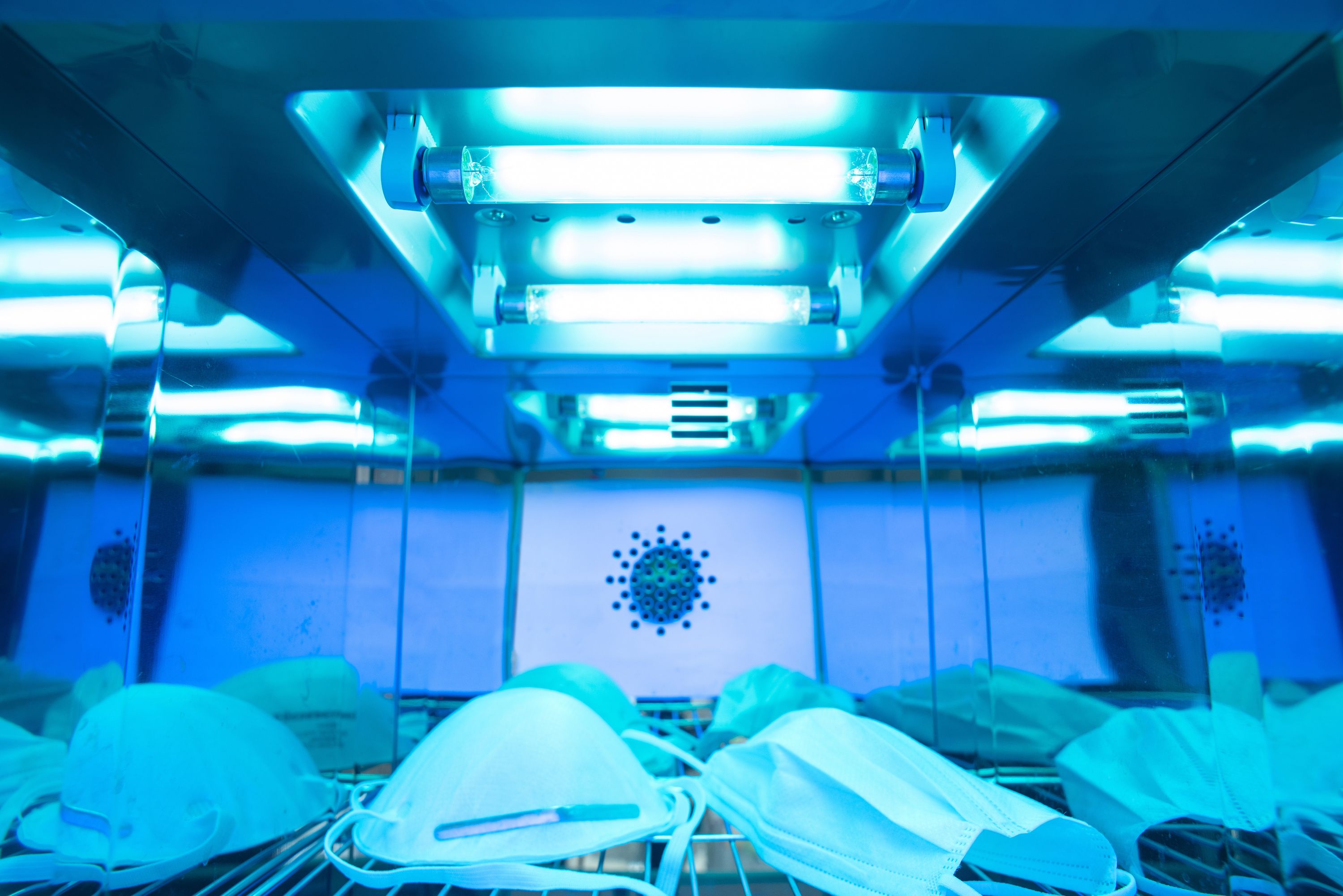
Scientists have known that ultraviolet light rays can kill germs in air, water, and surfaces for a long time. Ultraviolet robots are employed for disinfecting empty trains, buses, and hospital rooms; ultraviolet bulbs in heating, ventilation, and air conditioning systems kill germs in the air, and ultraviolet lamps kill insects in drinkable water.
Perhaps you have seen ultraviolet wands, ultraviolet light-emitting diodes, and ultraviolet air purifiers promoted as silver points for protecting against COVID 19. Whereas for decades, researchers have looked at the capability of ultraviolet light for killing several germs, they can not surely claim that ultraviolet disinfectants can kill COVID 19 germs or not.
Light categorization is done by wavelength, and its measurement is done in nanometers.
Ultraviolet wavelengths range from a hundred to four hundred nanometers- shorter wavelength than the violet types within visible light- and are not visible to the human eye. With the shortening of wavelength, light's photons contain more power.
Various ultraviolet wavelengths work better than others for the inactivation of viruses. This depends upon how the virus's ribonucleic acid or deoxyribonucleic acid absorbs wavelengths. When the absorption of ultraviolet light occurs, the light's photons transfer their power to mutilate the genetic material's chemical bonds.
Then, the virus fails to replicate itself or cause infectious disease. Research has found that the proteins that viruses use to attach to a host cell and initiate infectious diseases like spike proteins on COVID 19 can also be destroyed by ultraviolet light.
The degree of light also matters. The intensity of ultraviolet light can vary- bright light has more intensity, and it is more energetic than dim light. Exposure to bright ultraviolet light for a short period can lead to producing the same ultraviolet dose as exposure to dim ultraviolet light for a more significant period. You should know the correct amount that can kill coronavirus germs at each ultraviolet wavelength.
Conventional ultraviolet systems use wavelengths of at least 254 nanometers. These wavelengths of ultraviolet lights are harmful to human eyes and skin, even at small doses. Sunlight encompasses ultraviolet light near these wavelengths; everyone who has suffered from sunburn knows how harmful ultraviolet light can be. We have several slot online to make it easier for you to get better features.
Nevertheless, recent research has found that dead skin cells' top layers absorb high-energy photons at specific ultraviolet wavelengths of less than 230 nanometers. Their penetration is not done into the active layers of the skin, where harm can occur. Likewise, the tear layer near the eyes also imposes a blockage on these germicidal ultraviolet rays.
This tells us that at Ultraviolet light's wavelengths of less than 230 nanometers, the movement of people can take place more freely, whereas the air near them is being cleaned in real-time.
Researchers tested five commonly used ultraviolet lengths to determine which works best for killing coronavirus. Specifically, researchers tested how massive a dose is required for killing ninety percent to 99.99 percent of the coronavirus' viral germs present.
These tests were done in the University of Arizona's biosafety level 3 facility that has been established for handling lethal germs.
There we conducted tests of multiple lights across the ultraviolet spectrum. These include ultraviolet light-emitting diodes that emit ultraviolet light at two hundred and seventy nanometers and two hundred and eight nanometers, conventional ultraviolet tube lamps at 254 nanometers, and a newer technology known as an excited dimer at 222 nanometers.
Now it seems very necessary to test whether ultraviolet sterilization lamps China can kill coronavirus or not in the highly advanced modern world.